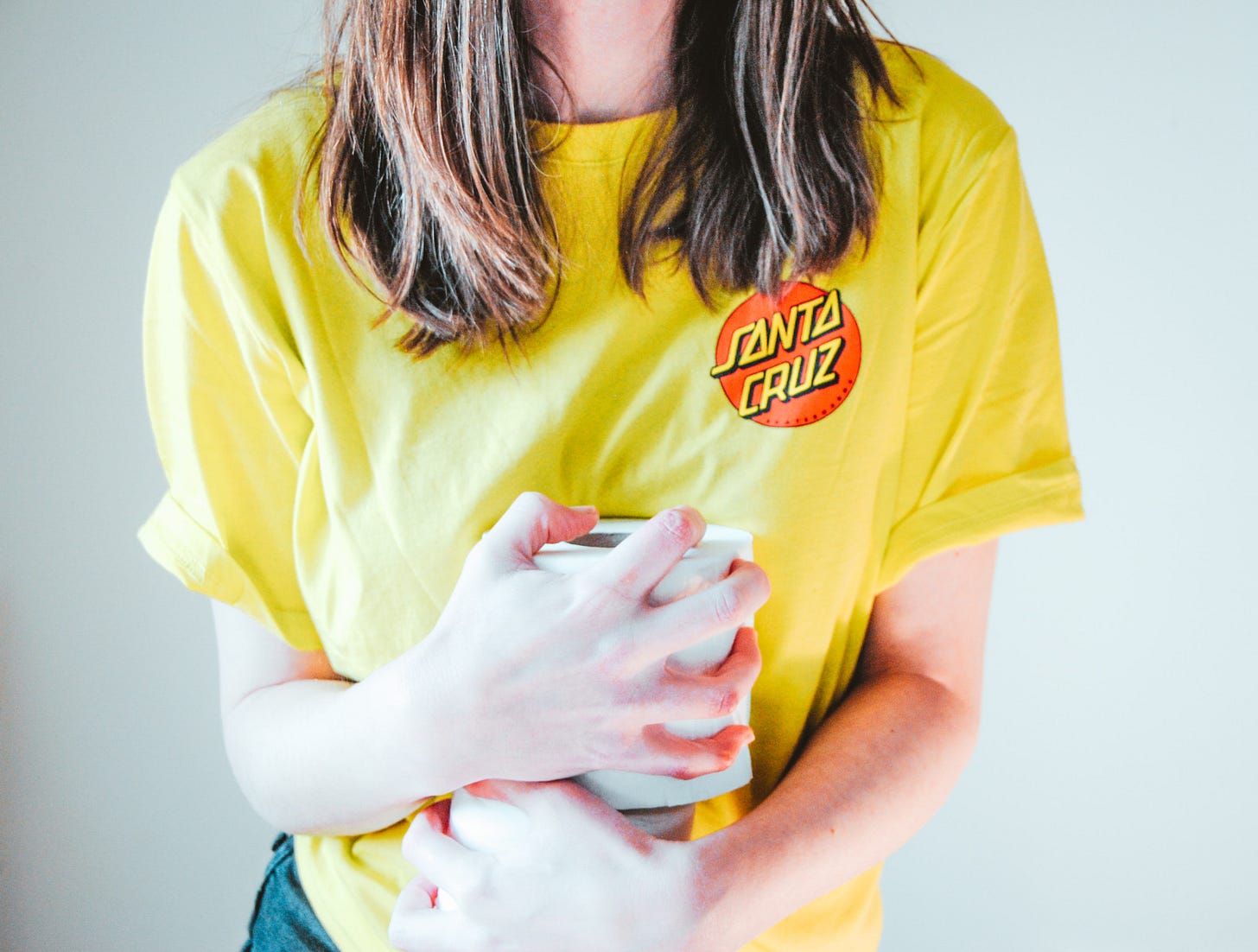Welcome to “Dejunk Yourself,” an 8-week course filled with practical guides for decluttering your life. This is a paid subscriber-only course. If you want in on the fun, subscribe here with a 7-day trial, free e-book, simple living courses, and weekly waste-reducing recipes all for $5 a month / $50 a year. That’s just $0.32 - $0.38 per course module ⬇

De-junk yourself course directory
Week one: Learn from my mother
Week two: A capsule wardrobe without the capsule
Week three: Dejunking the best room in the house (the kitchen)
Week four: Empty the drawers
Week five: Mid-course mindset
Week six: Misc spaces
Week seven: Kids = crap
Spend enough time in the minimalism space and you’ll quickly learn one of the key pushbacks to the movement:
What if I get rid of all my stuff only to find I have to re-buy it all?
This problem is even more pertinent if you’re not living on a big salary. Some people can’t afford to jettison everything in an “I’ll just re-buy it if I have to” kinda way.
Society has done a good job of convincing us empty spaces should be filled. Clear closets are an excuse to go shopping. Barren bookshelves? Buy more books.
Before you know it, you’re back where you started with a house full of clutter, or you’ve gone broke - or both. So you clutch your clutter, unwilling to part with it just in case you may need it in the future, or for fear that you will only want to re-fill the space.
I’ve been there.
So what do you do?
That’s what week eight - the final week in our Dejunk Yourself course - is all about.
Keep reading with a 7-day free trial
Subscribe to This much I know to keep reading this post and get 7 days of free access to the full post archives.




